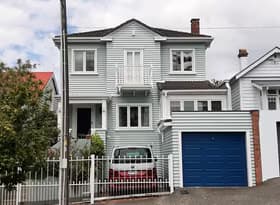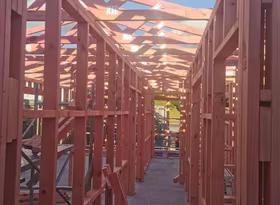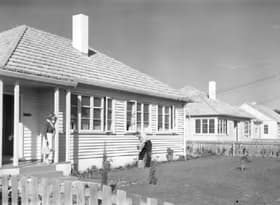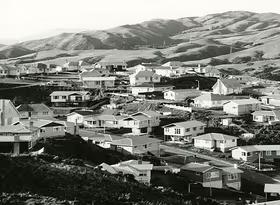
Is building a new home prohibitively expensive?
Building costs, like prices across most of the economy, surged higher between 2021 and 2023, as a result of supply chain disruptions, capacity constraints, labour shortages, and strong demand conditions. However, with house prices falling sharply during 2022 and into 2023, as well as more recent falls during 2024, the relative cost of building a new home versus buying an existing one has moved sharply in favour of the latter. This article explores these figures in a little more depth.
House prices, building costs, and their relationship with construction activity
There’s a well-established relationship between house prices and residential construction activity. When house prices are rising (faster than building costs), it acts as a signal and incentive for more home-building to occur, with developers able to take advantage of strong demand through higher sales prices and increased margins. Conversely, lower house prices reduce profitability and lead to less construction activity.
Chart 1 shows annual changes in the ratio of house prices to residential building costs over the last 40 years. The strongest periods of growth in the ratio, in 2003 and 2021, coincide with rapid growth in consent numbers to multi-decade highs in the next few quarters. The sharpest declines, in 2008 and 2022, both led to significant falls in construction activity.
The biggest part missing from this housing equation, though, is the land price. We usually limit our analysis to house prices and building costs, because there are quality-adjusted indices for both variables that make it easier to “compare apples with apples”. However, for sections, lower sales volumes and more difficulties adjusting for the characteristics of a section mean that a standardised index is not available.
COVID FOMO made building unusually cost-effective
Recent headlines have suggested that developers can’t build new homes at the moment for costs anywhere near the price of existing homes. So rather than look at changes in the relative costs between new and existing homes, we’ve examined actual prices to see how true that statement might be.
Chart 2 provides a 30-year history of the median house price, plotted against the total of the median section price and average new house consent value (all data is seasonally adjusted). The chart shows that there is almost always a premium for a brand-new house, for two reasons: a new home will be built to higher standards than an average existing house, and a new home will require little or no maintenance for several years. This premium closed to zero during the pandemic as house prices surged 45% in 18 months, but it has subsequently reopened and, at first glance, looks wider than ever.
But looks can be deceiving. Chart 3 shows that when this premium is expressed in percentage terms, the combined cost of a new house and land together is currently sitting about 21% above the median house price. Although that result is considerably higher than the gap that prevailed between 2020 and 2022, it is still well below the long-term average of around 30%. The gap is only larger than it has been historically, in absolute dollar terms, because the price of housing (and everything else) has gone up over time.
Given the current rhetoric around the viability of building, this result is somewhat surprising. We’ve run the numbers several different ways: using average build costs for townhouses and houses, rather than just the latter; allowing for actual building costs to be 20% higher than stated on consents; and using section prices from two years ago, instead of now, to determine the cost of the current house and land package. The same outcome still holds across each of these variations.
Our conclusion, then, is that the current relativity between house prices and building costs is not inherently a problem. Instead, the issue is the speed of the swing in relative costs that occurred predominantly during 2022, which is reflected in the deeply negative line shown in Chart 1. The longstanding relationship between changes in house prices and changes in residential construction activity simply continues as it has in the past – dragging consent numbers sharply lower since their peak in May 2022.
Section prices stubbornly resist downward pressure
Nevertheless, there is one unusual aspect to the evolution of property prices over the last three years. Typically during a property market downturn, section prices are likely to come under greater downward pressure than house prices. And it makes sense that the bulk of any house price correction will occur through the land component, because building costs (and therefore the replacement cost of any structure) rarely decline. But as Chart 4 shows, during 2022 and 2023, the largest fall in the median section price (averaged over three months) was 11.0%, compared to a 14.6% decline in the median house price on the same basis. Put another way, the median house price is still 14.0% below its peak in the three months to January 2022, while the median section price is just 1.2% below its April 2022 peak.
The absence of any sustained drop in section prices since 2022 tends to reinforce the view that the financial viability of new residential developments remains significantly less than it was 2-3 years ago, when house prices were higher, and building costs were lower. But if there’s one thing we can take away from Chart 3, it’s that the relativities between 2020 and 2022 were unusually tilted towards building. Even with the prospect of some recovery in house prices during 2025 as mortgage rates fall, the premium for a new build is not about to shrink back towards zero again.


























